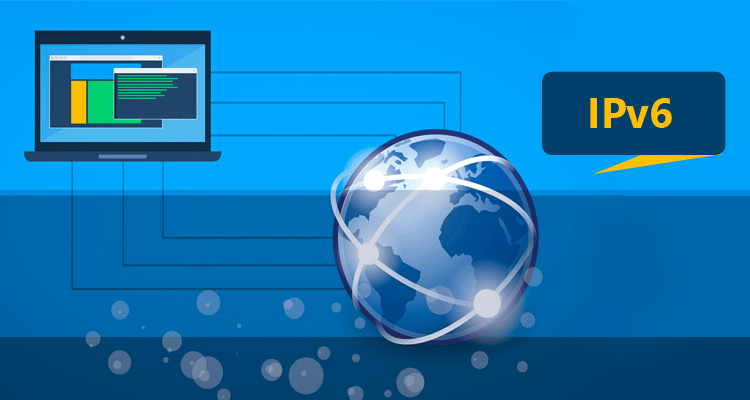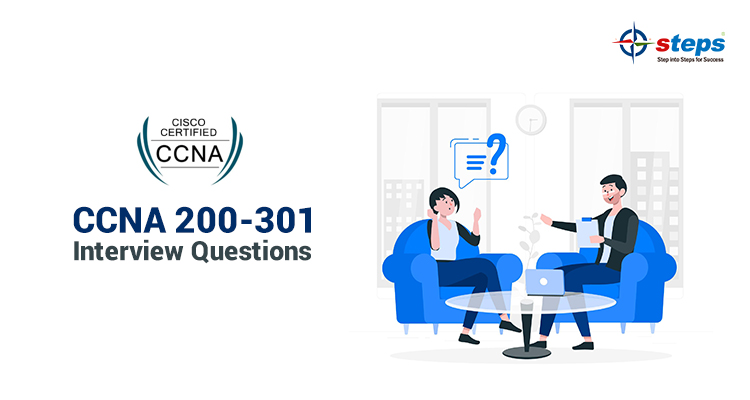IPv6

Internet Protocol version 6 (IPv6) is the latest version of the Internet Protocol. IPv6 was developed by the Internet Engineering Task Force (IETF). IPv6 address is 128 bit long. Total address available in
IPv6 address features
Larger Address Space : 2^128 . Vast address space is available.
Simplified Header : IPv6’s header has been simplified by moving all unnecessary information and options present in IPv4 header.
End-to-end Connectivity : Every system now has unique IP address and can traverse through the Internet without using NAT.
Faster Forwarding/Routing : Information contained in the first part of the header is adequate for a Router to take routing decisions, thus making routing decision quickly.
Security : IPSec security, making it more secure than IPv4.
Enhanced Priority Support : Data prioritization is possible in IPv6.
Smooth Transition : IPv6 is globally unique IP addresses. So devices can send/receive data among each other directly.
Mobility : Enables hosts such as mobile Phone to roam around in different geographical area
and remain connected with the same IP address.
Address types and formats
Address structure:
An IPv6 address is a 128 bit address, divided into eight 16-bits blocks. Each block comprises of 4-digit Hexadecimal numbers separated by a colon(:) .
2001:0000:3238:DFE1:0063:0000:0000:FEFB
Rules to shorten an IPv6 address
There are two rules for shortening an IPv6 address.
Step 1: Discard leading Zero (es): In Block 2,5,6,7, the leading two 0s can be omitted.
2001:0:3238:DFE1:63:0:0:FEFB
Step 2: If two of more blocks contain consecutive zeroes, omit them all and replace with double colon sign ::, such as (6th and 7th block)
2001:0:3238:DFE1:63::FEFB
IPv6 address has two parts.
* Network part – first 64 bits of an IPv6 address is the network address.
* Host part – last 64 bits of an IPV6 address is the host address.
There are three types of addressing modes in IPv6.
* Unicast – one to one communication
* Multicast – one to many/group
* Anycast – one to closest Communication
Determining the Interface ID
A host can auto-configure its Interface ID by using IEEE’s Extended Unique Identifier (EUI-64) format. First, a host divides its own MAC address into two 24-bits halves. Then 16-bit Hex value 0xFFFE is sandwiched into those two halves of MAC address, resulting in EUI-64
Interface ID.

Unicast Address
In unicast mode of addressing, an IPv6 interface (host) is uniquely identified in a network segment. When a network switch or a router receives a unicast IP, it sends out one of its outgoing interface which connects to that particular host.
There are three types of unicast addresses:
- Global Unicast Address
- Link-Local Address
- Unique-Local Address
Global Unicast Address
It is equivalent to IPv4’s public address.
Link Local Address
It is automatically configured IPv6 address. This address always starts with “FE80”.
Link-local address is required for Neighbor Discovery processes. These addresses are not routable, so a Router never forwards these addresses outside the link.
Unique Local Address
This type of IPv6 address is globally unique, but it should be used in local communication. Unique Local IPv6 address always starts with ‘FD00’.
Multicast Address
The packet destined to multiple hosts is sent on a special multicast address. All the hosts interested in that multicast information need to join that multicast group first. All the interfaces that joined the group receive the multicast packet and process it, while other hosts not interested in multicast packets ignore the multicast information.
Anycast Address
In this addressing mode, multiple interfaces (hosts) are assigned same Anycast IP address. When a host wishes to communicate with a host equipped with an Anycast IP address, it sends a Unicast message. With the help of complex routing mechanism, that Unicast message is delivered to the host closest to the Sender.
IPv6 communication
In IPv6, there are no broadcast mechanisms but it can auto-configure its own IP by ICMPv6 Neighbor Discovery Protocol. A host in IPv6 network is capable of auto-configuring itself with a unique link-local address.
Stateless and Stateful Auto-configuration
Stateful auto-configuration is the IPv6 equivalent of DHCP. A new protocol, called DHCPv6 (and based closely on DHCP.
Stateless auto-configuration: The device is assigned a link-local address. Network device ensures that the link-local address generated by it is not already used by any other device.
Router Solicitation: A host sends a Router Solicitation multicast packet (FF02::2/16) out on its segment to know the presence of any router on this segment.
Router Advertisement: When a router receives a Router Solicitation message, it responds back to the host, advertising its presence on that link.
Transition from IPv4 to IPv6
At present, companies and industries are migrating to IPv6, but no all together at once. Majority of them still use IPv4 addresses to communicate with the internet. Hence methods were introduced such that IPv4 and IPv6 can communicate.
DUAL STACK
Dual stack means that devices are able to run IPv4 and IPv6 in parallel. The client issues two DNS requests in parallel. One request for IPv4 addresses and one request for IPv6 addresses. Client receives a response including both an IPv4 and IPv6 address.

TUNNELING
In a scenario where different IP versions exist on

NAT PROTOCOL TRANSLATION
This is another important method of transition to IPv6 by means of a NAT-PT (Network Address Translation – Protocol Translation) enabled device. With the help of a NAT-PT device, actual can take place happens between IPv4 and IPv6 packets and vice versa.

Conclusion
- IPv6 is now taking over the control of Internet, which is called Internet2.
- World IPv6 Day’ on June 08, 2011
- On June 06, 2012 the Internet community officially launched IPv6.
- U.S. and Europe took the larger space of IPv4 for deployment of Internet in their respective countries keeping future need in mind and have many IPv4 address space left with them and countries like India and China are bound to address their IP space requirement by means of deployment of Ipv6.
- India and China are moving forward to change their entire space to IPv6.
- After June 06, 2012 all major ISPs were shifted to IPv6 and rest of them are still moving.
Issues if not upgraded to IPv6!!
Ready or not, you’re going to need to use IPv6 on your job sites. Since IPv4 addresses are not directly interoperable with IPv6 addresses a migration is
Limited Growth:- limit your operations growth potential as you will not be able to service the large address space and its resources available to you.
Unhappy Subscribers:– If you think staying on IPv4 will not affect your subscribers, think again. Subscriber services such as virtual private networks (VPNs) will no longer work on IPv4. IPv6 offers new features that allow developers to create faster apps, which may not function correctly on IPv4 networks.
Staying on IPv4 will increase the use of NAT which makes the network more complex. 4G is implemented entirely on IPv6, so access from and to ipv4 networks and servers is not possible. You’ll Pay the Price — Literally; stiff competition for new addresses from those using IPv4; Even in Grey Market, eg: Microsoft and Nortel.
FREE IPv6 WORKSHOP AT SPECTRUM
If you are Passionate in networking, Spectrum Softtech Solutions, the best
By understanding this imminent need, the IPv6 Awareness Campaign of Spectrum is designed in such a way to help understanding IPv6 in a comprehensive manner.
It
The Coordinators / Principals of colleges can also feel free to get back to us if you would like to conduct IPv6 seminars at your college.


